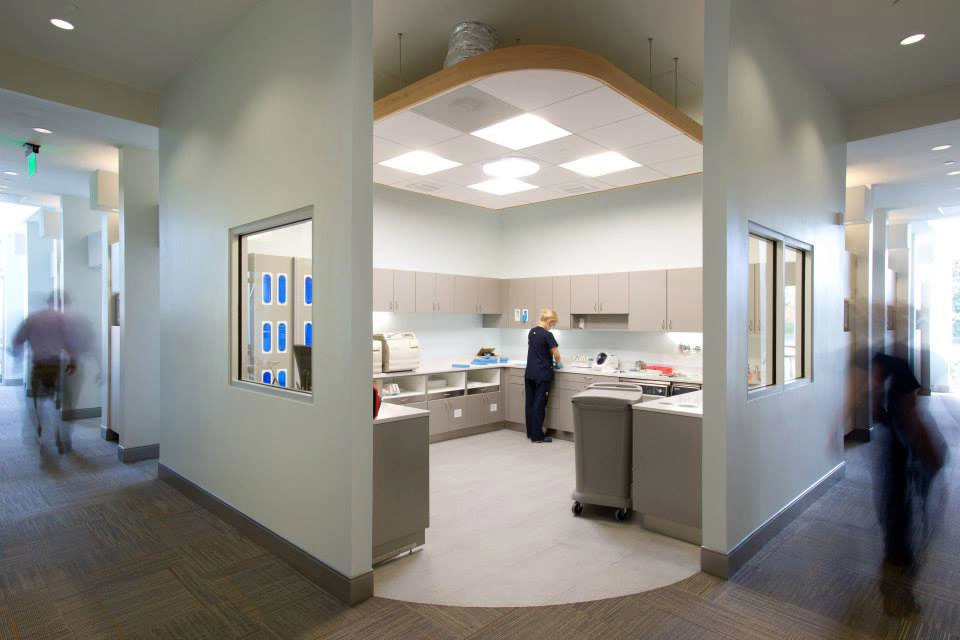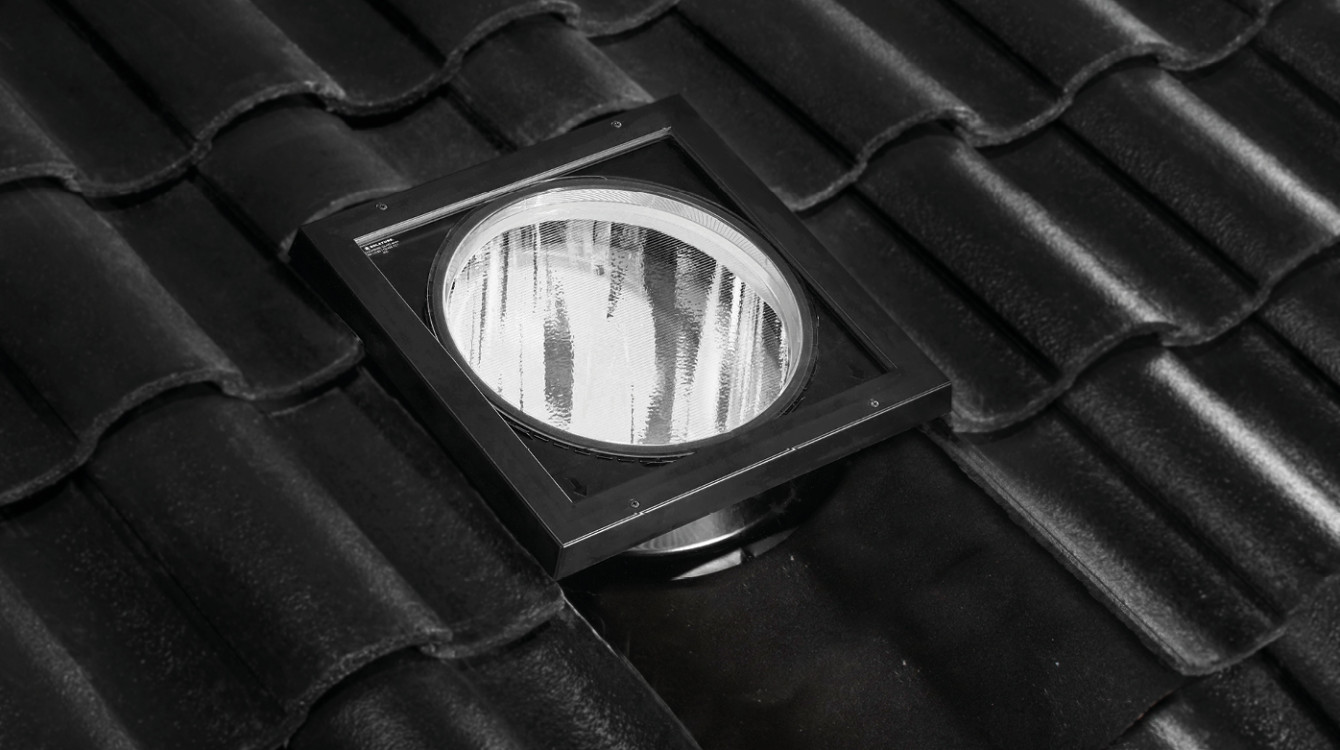
5 Benefits of Using Daylight in Health Care Spaces
The effective use of daylight in today’s buildings not only plays a significant role in achieving energy efficiency but also successfully nurtures people within by creating a healthy indoor environment. Each day, new research, case studies, design guides and design standards magnify the importance of daylight as a source of interior lighting that drives human health, productivity and happiness.
Here is a look at the top five reasons for using daylight in health care spaces.
1. Daylight is the best medicine.
Tubular daylighting devices provide a bright, calm and friendly environment for patients entering any health care facility.
Scientists at the Lighting Research Centre (LRC), in Troy, New York, have reported that daylit environments increase occupant productivity and comfort and provide the mental and visual stimulation necessary to regulate human circadian rhythms and the production of neurotransmitters, such as serotonin.
The human circadian rhythms are the body’s natural clock. When your brain detects daylight and the changing spectral content over the course of the day, it tells your body to wake you up and when darkness hits, it triggers your body to fall asleep. By exposing your body to daylight throughout the day, your healthy human circadian rhythm will have a significant role in regulating your sleep-wake cycle and have a positive influence on your eating habits and digestion, body temperature, hormone release and other important bodily functions.
Serotonin, sometimes known as the happy hormone, leaves us feeling more energised, happy and well-rested while fighting and reducing stress, anxiety, depression and seasonal affective disorder (SAD).
Studies have shown that patients who are treated in daylit health care facilities are found to have less pain, therefore requiring less pain medication, and heal faster, subsequently having shorter hospital stays and overall lower medical costs.
The benefits of natural light on the way we feel don’t just apply to our physical wellbeing but also to our psychological health and mood. As living beings, we feel the benefits of being exposed to daylight and when we don’t have it, we crave daylight and views.
Studies have found that patients actually feel better, safer and have less anxiety when they have access to daylight because it creates a sense of physical and mental comfort.
So what does all this mean? Psychological and physiological health go hand in hand and access to daylight is a key design element in improving the indoor environment of a health care facility for both patients and staff alike.
2. Daylight keeps us alert.
Nurses and physicians work long, stressful shifts and are required to perform a range of complex tasks including charting, filling prescriptions, administering medication and performing other critical patient-care tasks. Their alertness while performing these tasks is directly connected to both staff and patient safety.A study done by Cornell University has shown that by maximising access to natural daylight and providing a quality lighting design in nursing areas, improved safety can be achieved. The study showed that by providing adequate interior illumination through daylight, the staff were able to manage sleepiness, work in a better mood, and stay alert.
3. Daylight works as a disinfectant.
UV light has been used for decades as a natural disinfectant. It’s used to clean drinking water as well as naturally eradicate organisms that could be potentially harmful in health care facilities.Now a new study published in the journal Microbiome has shown that rooms exposed to daylight have fewer germs, a similar effect as UV light. In fact the study revealed that the daylit rooms had about half the viable bacteria (bacteria able to grow) compared to dark rooms.Daylit rooms were also shown to have less of the types of bacteria that result from the shedding of human skin (including some that are known to cause respiratory disease) and more closely resembled outdoor bacterial communities. Daylighting may have been about visual comfort or broad health in the past, but now we can say daylighting influences air quality and works as a disinfectant.
4. Daylight creates comfortable, welcoming spaces.
Psychologically, patients tend to determine the quality of a service or a health care facility based on the quality of the waiting room, including the lighting. If given the opportunity to choose between a facility with abundant daylight or one lit by electric lighting, most patients would select the former. This is because natural light makes almost any space more inviting.
A good daylighting design will enhance architectural features in a special way, infusing emotion and completely transforming the space to be more welcoming and comforting.
5. Daylight helps cut energy costs.
Given the 24/7 nature of health care facilities, energy and environmental performance is also a key challenge. Luckily daylight is a freely available natural resource and by using energy-efficient daylighting systems properly, substantial energy savings can happen. Spaces outfitted with daylight-sensing controls can reduce the energy used for electric lighting by 20% to 60%.When working on your next health care project, whether it is a facility modernisation or a start-from-scratch new design, consider using daylight as the primary source of interior illumination for daytime hours. The benefits go way beyond simple energy efficiency, with quality daylight illumination influencing virtually every aspect of a health care facility in a positive way. Effectively using daylight in health care spaces will result in a facility that maximises patient and staff health and wellbeing.






